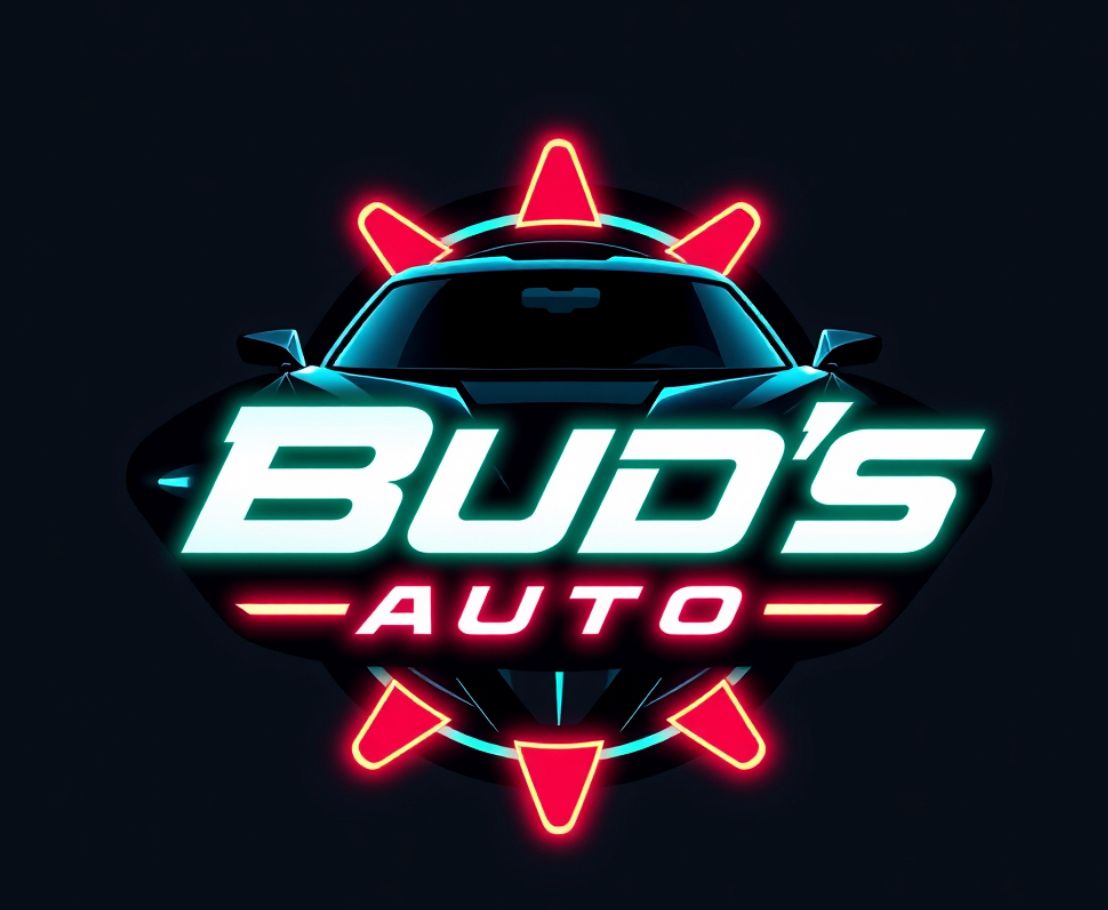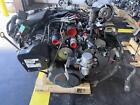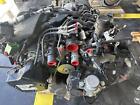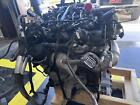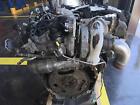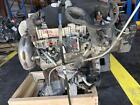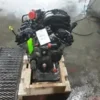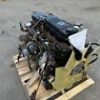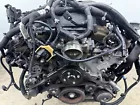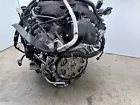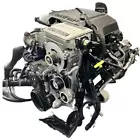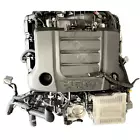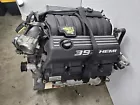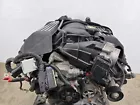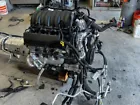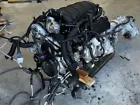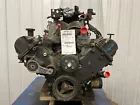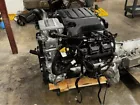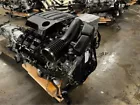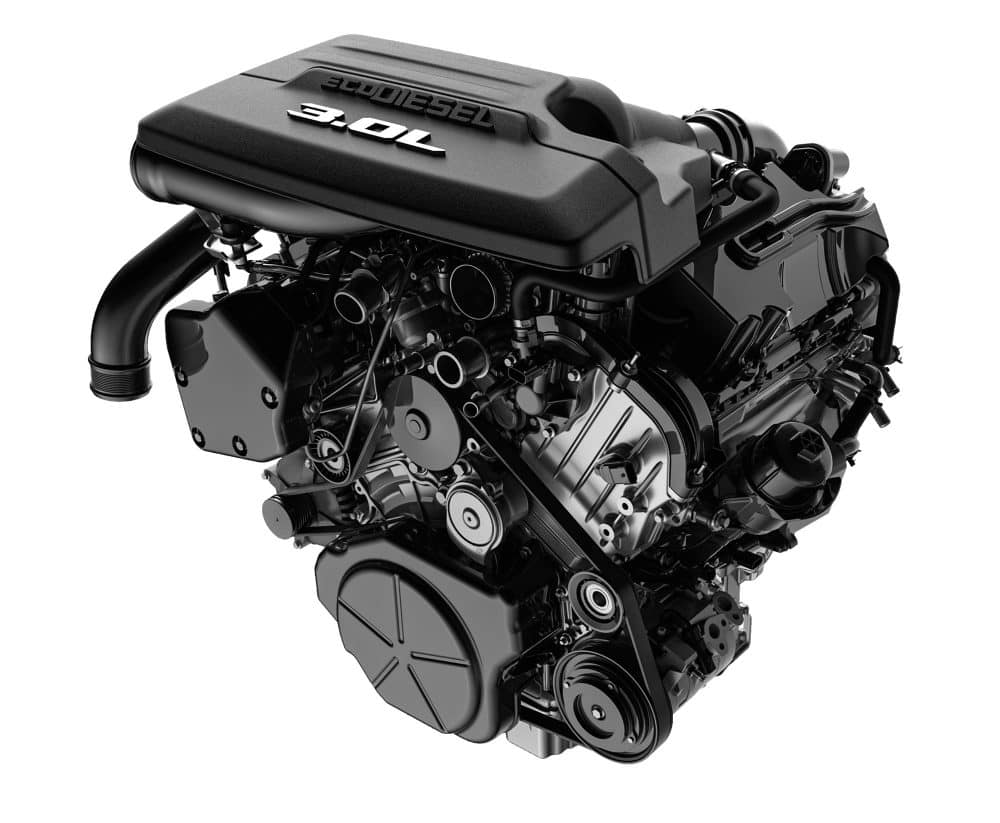
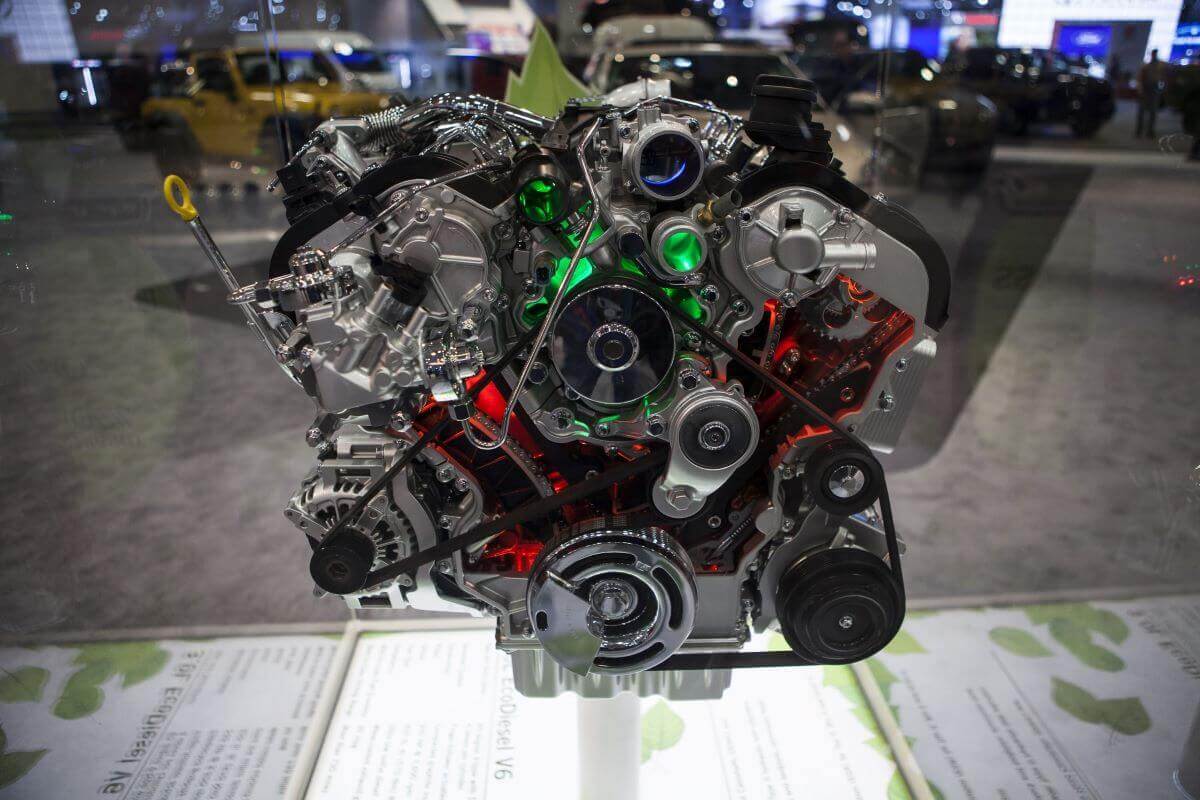


Here’s a closer look at the Dodge (Ram) DODGE RAM 3.0L MOTOR from various angles—capturing its structural components and real-world maintenance imagery.
- Comprehensive Dive into the Dodge (Ram) DODGE RAM 3.0L MOTOR Below is an in-depth overview, spanning history, specifications, strengths, and noteworthy issues spanning nearly 1300 words to give you a complete picture.
- Engine Overview & Key Specifications
-
What It Is
The DODGE RAM 3.0L MOTOR is a turbocharged V6 diesel engine, featuring a compacted graphite iron block, aluminum twin-cam heads, Active Air® grille shutters, and compatibility with up to B20 biodiesel. -
Performance Specs (Latest Iterations)
-
Horsepower: ~260 hp
-
Torque: ~480 lb-ft — offering best-in-class diesel torque for half-ton pickups
-
Towing Capacity: Up to 9,600 lbs on recent models
-
Payload: Around 1,780 lbs
-
Fuel Efficiency: Up to 22 mpg city and 32 mpg highway; highway range can exceed 950 miles
-
-
Production Timeline
Launched around 2014, the DODGE RAM 3.0L MOTOR saw phased improvements in 2016 and another round in 2020. It was discontinued by early 2023 amid a strategic shift toward electrification.
Strengths & Advantages
-
Diesel Efficiency & Torque
Known for remarkable fuel range and stellar torque—ideal for heavy towing and long-distance travel. -
Refinements Over Generations
Post-launch updates addressed early defects, improving reliability and performance. The final “Gen 3” variant delivered peak torque and fuel economy.
Common Issues & Known Weak Spots DODGE RAM 3.0L MOTOR
A. Oil Cooler Failure
-
What Happens: Typically occurs under heavy towing or high heat. Leads to mixing of engine oil and coolant, resulting in overheating, internal damage, or both.
-
High-Risk Years: Most prevalent in early models (2014–2016). Ram extended the oil cooler warranty and owners often opt for aftermarket upgrades like CFT Performance units.
B. EGR Cooler Cracking & Fire Risk
-
Issue: Cracked EGR coolers may leak coolant, cause overheating, or even fires.
-
Recall: FCA recalled affected trucks (2014–2019) and issued replacements at no cost.
C. Exhaust Coupler Leaks
-
Impact: Early couplers (2014–2015) leaked exhaust fumes into the cabin, causing odors and health concerns. A redesign and recall addressed this.
D. Camshaft Gear / Timing Chain Slippage
-
Risk: Timing chain sprockets can slip, leading to catastrophic engine damage (valve-piston collision). Though dramatic, occurrences are rare.
E. Turbocharger Failures
-
Causes: Often due to oil contamination, maintenance lapses, or component defects leading to premature wear. Repairs can be costly.
F. Fuel System Issues
-
Bosch CP4.2 Pump Failures: Recall issued for pump self-destruction (2014–2019), which ejects metal shavings into the fuel system at a high repair cost.
-
Fuel Contamination: Water or debris in diesel can damage injectors and fuel rails. Prevention involves careful fueling and maintenance.
G. Glow Plug Failures
-
Symptoms: Difficulty starting, especially when cold, and white exhaust smoke. Recommended replacement every 90,000–120,000 miles
H. TIPM (Electrical Module) Issues
-
Symptoms: Electrical gremlins like stalling, fan or accessory failures, battery drain. Not widespread, but worth monitoring.
I. Transmission Shifting Anomalies
-
Nature: Rough or delayed shifting in the 8-speed transmission. FCA has issued software updates; fluid checks and maintenance recommended.
J. Turbo Lag
-
Description: Noticeable delay before turbo boost kicks in. Sometimes fixable via software or tuning, although more of a driving quirk than a failure.
Legal Recalls and Owner Reports On DODGE RAM 3.0L MOTOR
-
Recalls & Lawsuits:
-
EGR cooler recall (U03), exhaust coupling recall (W80), oil cooler warranty extension (V08), and fuel pump recall (Z46).
-
Class action cases over EGR cooler reliability and emissions compliance for early builds.
-
-
Real-World Experiences
Owners have shared troubling accounts; for example, one user experienced complete engine failure at just 138,000 miles—highlighting reliability concerns even beyond common years.Additionally, another owner noted electronic throttle issues under load, resolved via battery check or wiring fix.
Maintenance Recommendations & Best Practices
Early Models (2014–2016)
-
Inspect or proactively replace the oil cooler.
-
Confirm completion of EGR and coupler recalls.
-
Monitor exhaust smells, overheating, or oil/coolant contamination.
Later Models (2017–2022)
-
Stay current with software updates for both engine and transmission systems.
-
Monitor turbocharger and fuel system health.
-
Perform regular DPF, EGR system, and fuel filter maintenance.
Across All Model Years
-
Use quality diesel from reputable stations to prevent contamination.
-
Replace glow plugs within the recommended mileage.
-
Keep electric systems (e.g., TIPM) well-maintained.
-
Address even minor symptoms early—don’t delay diagnostics.
Final Thoughts
The DODGE RAM 3.0L MOTOR offers a compelling blend of diesel efficiency, high torque, and strong towing credentials. Its appeal is especially apparent in long-haul or towing-centric use cases.
Yet, its legacy is equally tied to early teething problems—particularly involving the oil cooler, EGR system, and exhaust components. Over time, recalls and engineering tweaks improved reliability—but some concerns (like turbo or fuel system failures) can persist without proper care.
If you’re considering an EcoDiesel-powered vehicle, prioritize:
-
Checking for past recall completions.
-
Staying rigorous with maintenance.
-
Being proactive about upgrades or inspections targeting known weak points.
Let me know if you’d like a deep dive into a particular year, component, or maintenance strategy!
